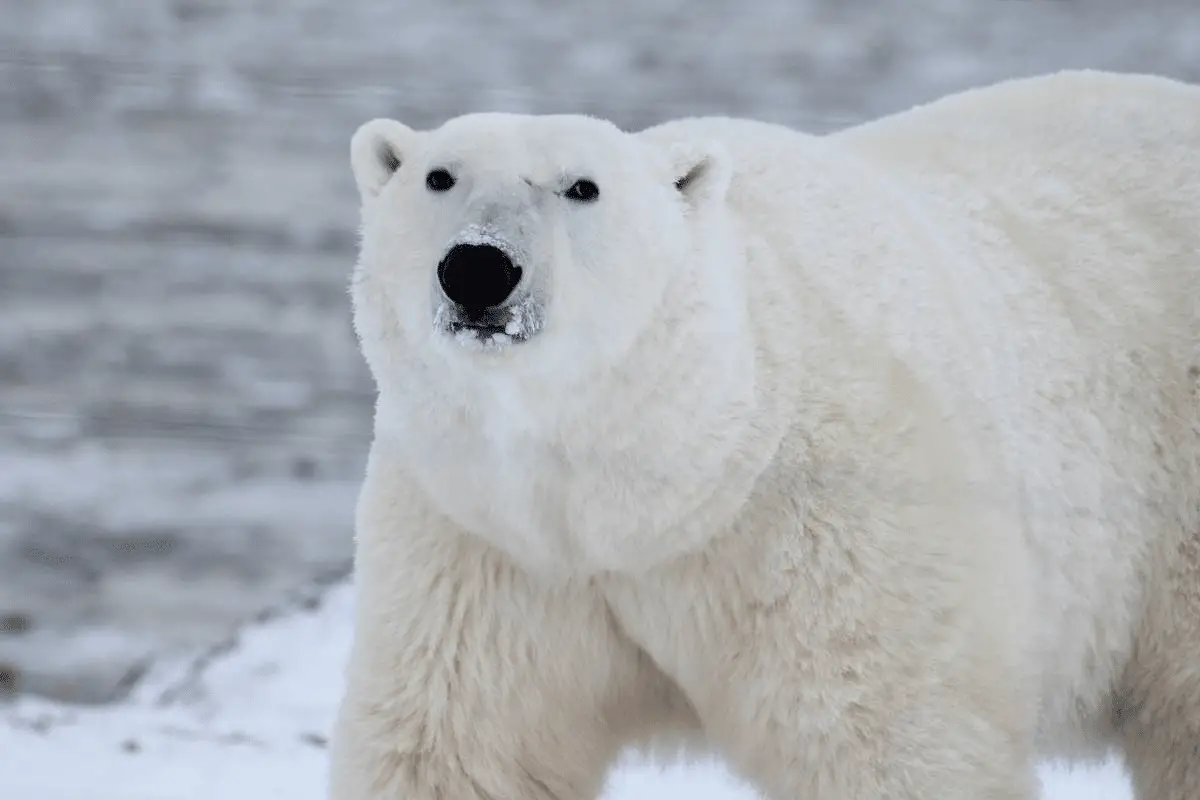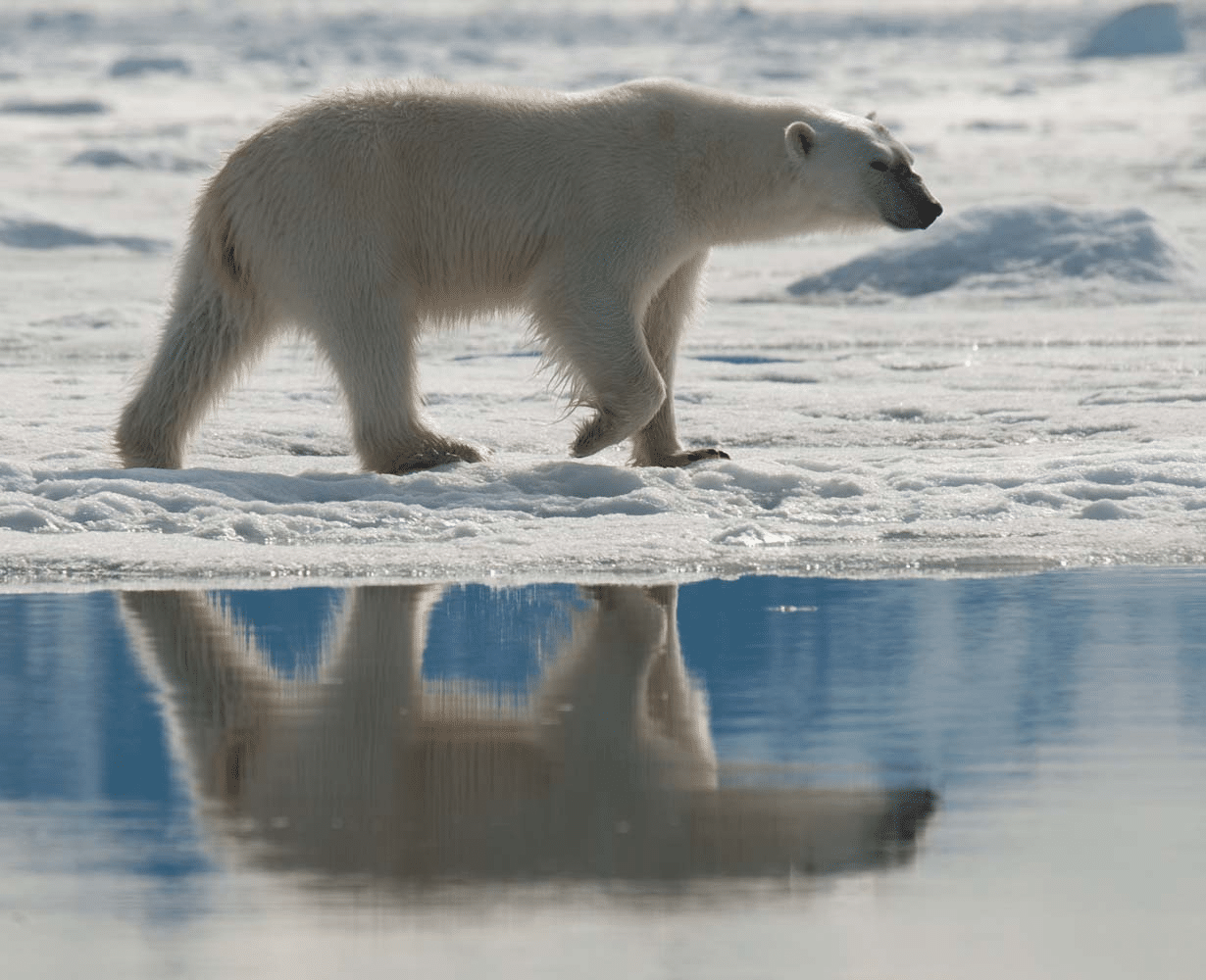L'polar bear And among the animals best adapted to survive in extreme and hostile environmentslike the Arctic regions where ice and snow dominate the landscape, despite this too these majestic predators are not immune to diseases that can travel through the air and infect different species.
A recent case of highly pathogenic avian influenza (HPAI) caused the death of a polar bear near Utqiagvik, one of Alaska's northernmost communities, marking the first time this disease has been detected in a polar bear.
The polar bear was found dead in October, but not until December Alaska Department of Environmental Conservation confirmed the cause of death as H5N1 strain of avian influenzathe same one that has killed millions of birds across North America, Europe and Asia.
Doctor Bob GerlachAlaska State Veterinarian, he has declared toAlaska Beacons which is about first polar bear case reported worldwidelater adding:
“This it is a very rare and unfortunate event”.
What does this case of avian flu in a polar bear imply?
Avian influenza is a viral disease that mainly affects birds, but can occasionally infect other animals as well, like pigs, horses and humans. The risk to human health is very lowbut it is recommended to avoid contact with sick or dead animals and to follow basic hygiene rules.

The disease is spread mainly through respiratory secretions and feces of infected birds, but it can also survive for a time in the environment, especially if temperatures are low.
The polar bear is believed to have contracted the virus after eating infected meat from dead bird carcasses. Dr. Gerlach explained that cold conditions mean the virus can persist for a while after the host dies, saying:
“If a bird dies from this, especially if kept in a cold environment, the virus can remain in the environment for a while.”
This means that polar bears, which feed mainly on seals but also on other animals, they may be exposed to the virus if they come across bird remains.

It is not known with certainty how many other victims the avian flu has caused among polar bears, since these animals live in remote and difficult to access places, the Guardian reports that Gerlach believes there may have been more polar bear deaths, but that their bodies may never be reported.
In addition to this polar bears are a listed species as vulnerable by the IUCN Red List and I already am threatened by the reduction of sea ice due to climate change, which limits their habitat and food sources, and thebird flu it could represent afurther threat to the survival of these splendid animals.
If you are attracted by science or technology, continue to follow us, so you don't miss the latest news from all over the world!
#Polar #bear #1st #case #specimen #dying #avian #flu
